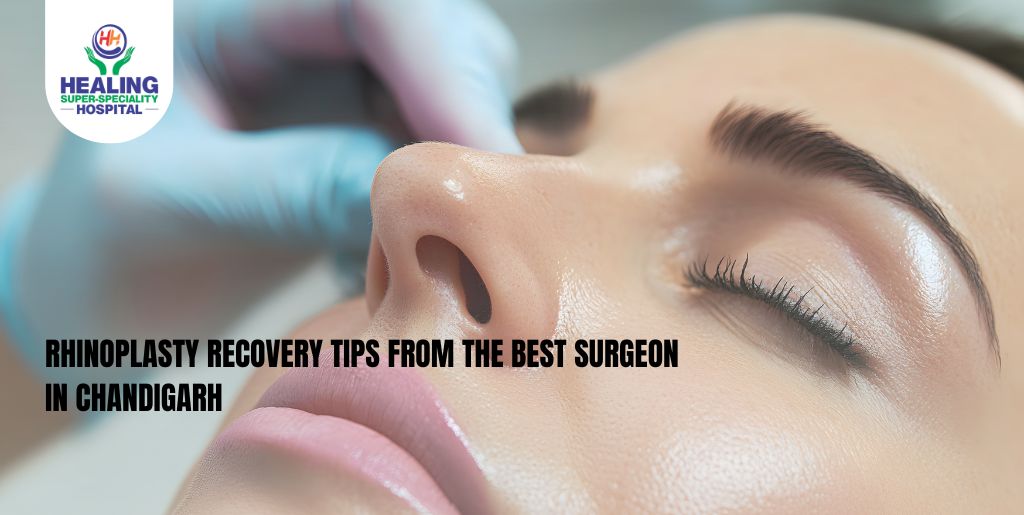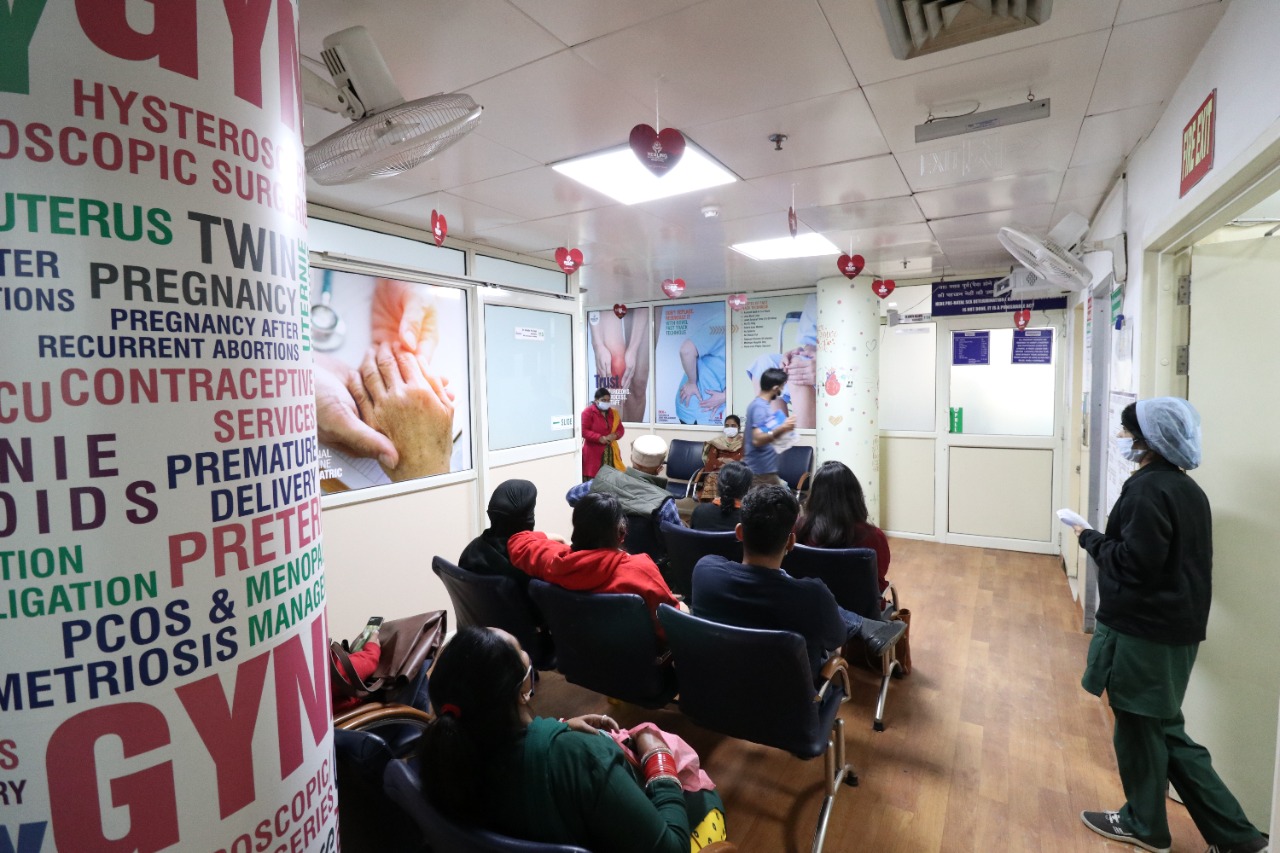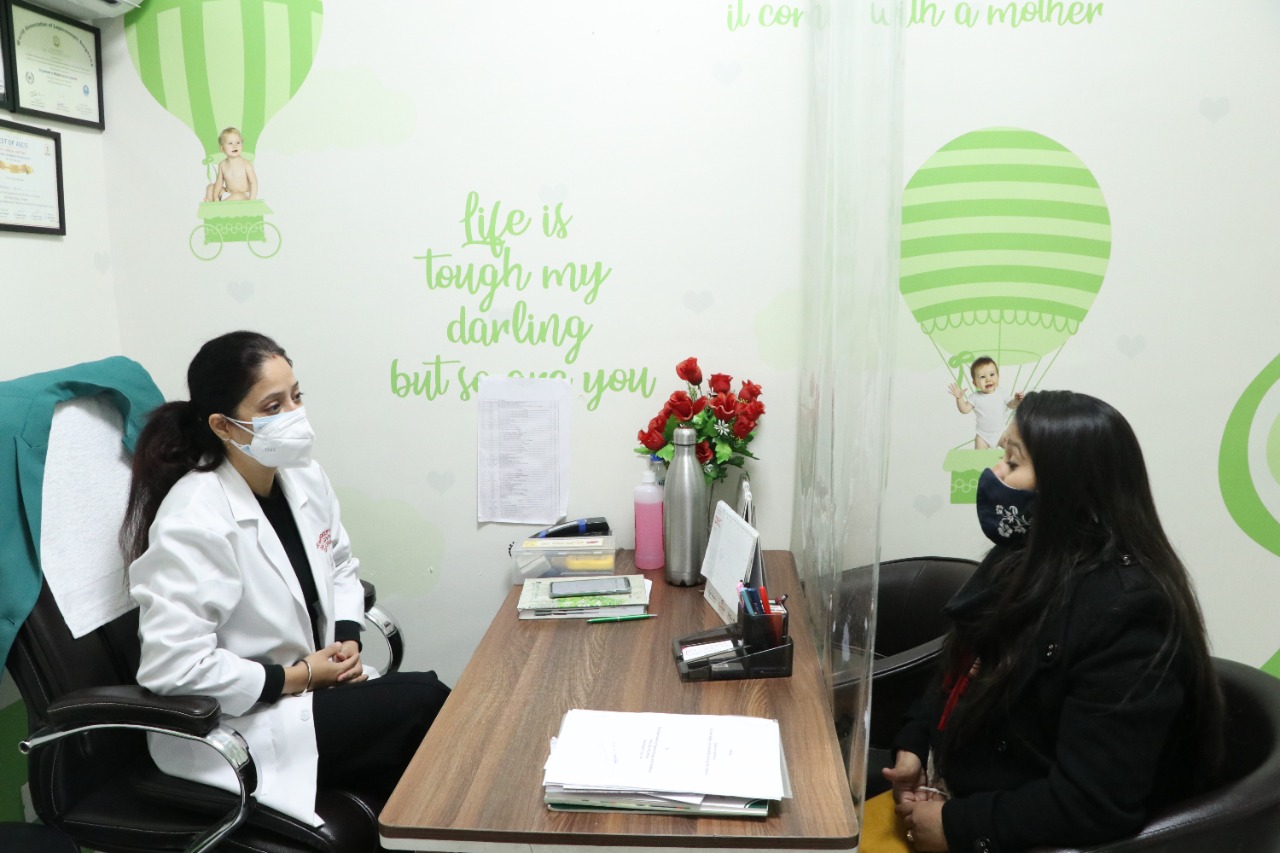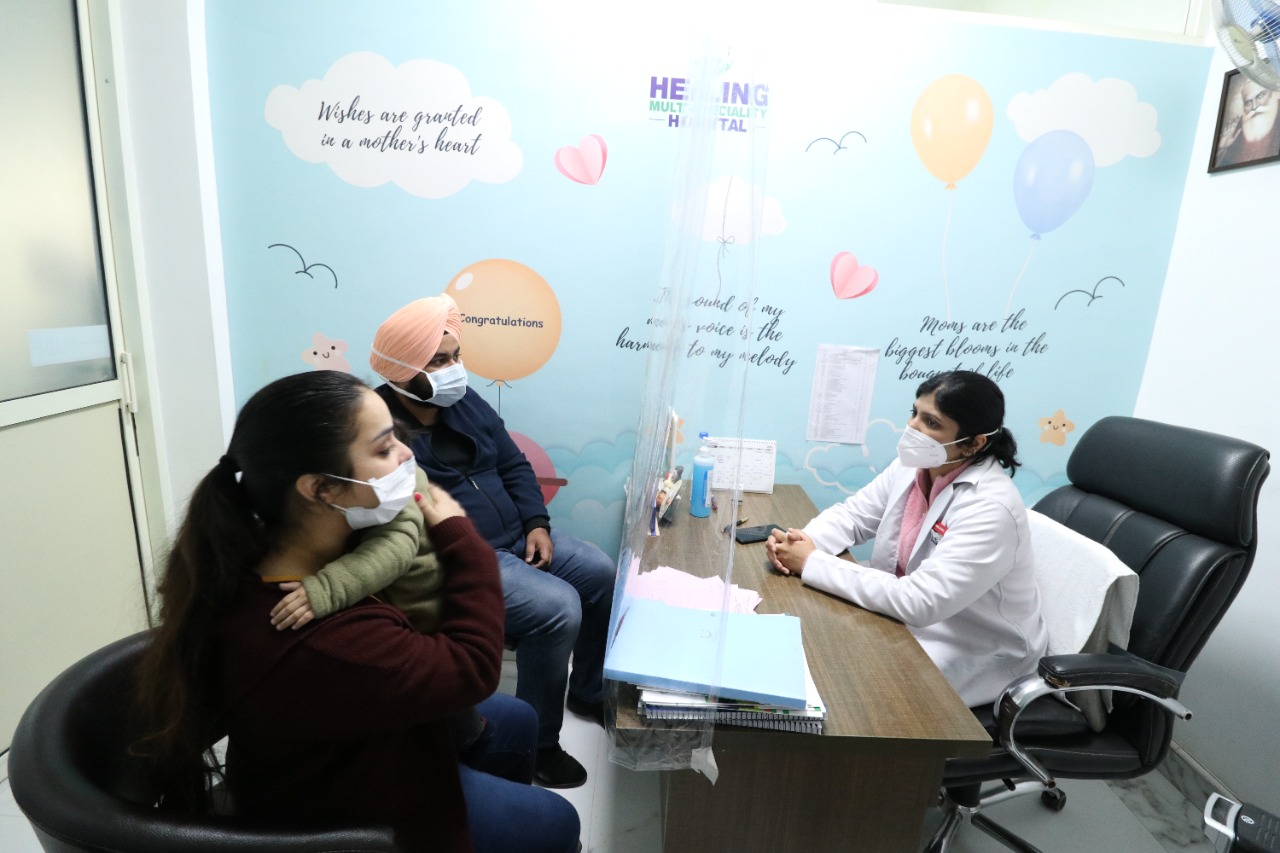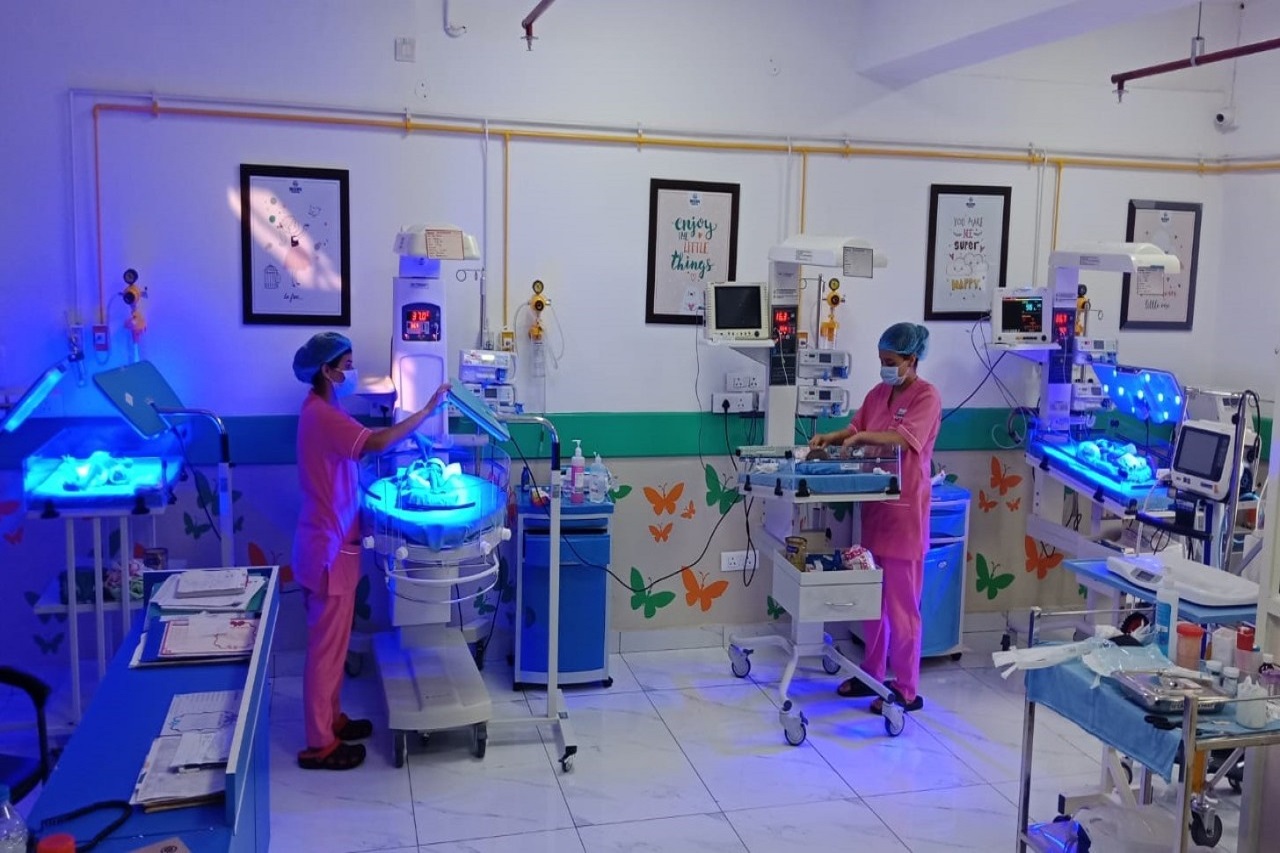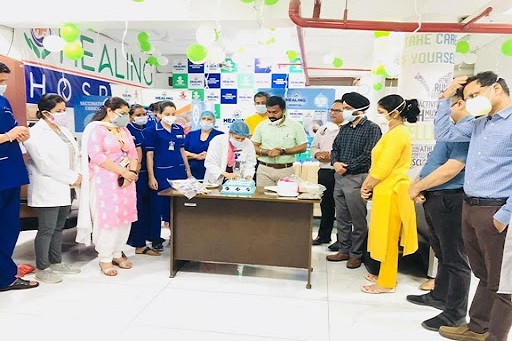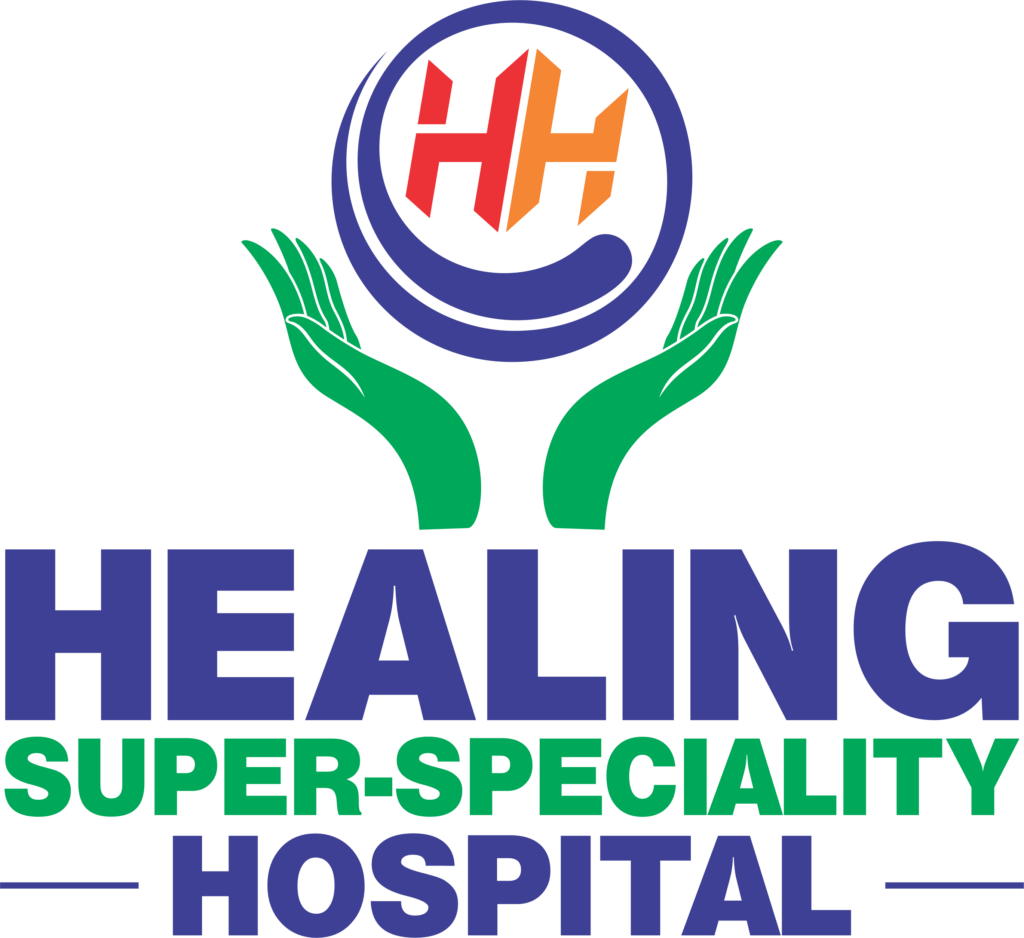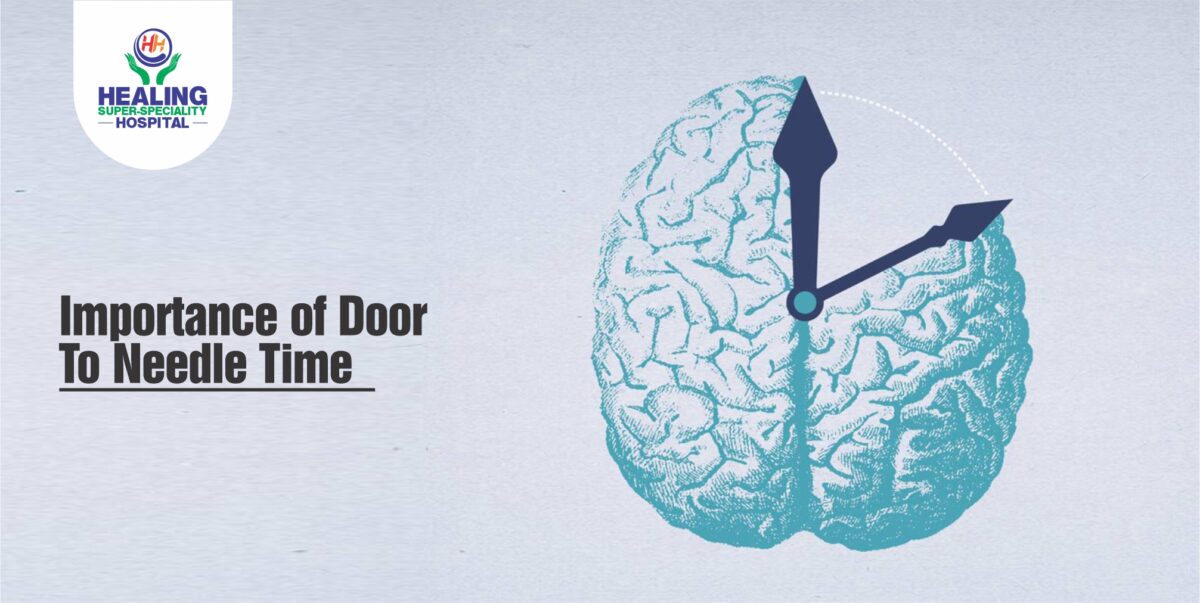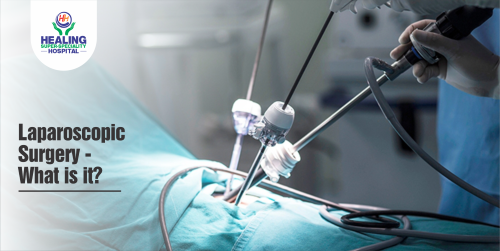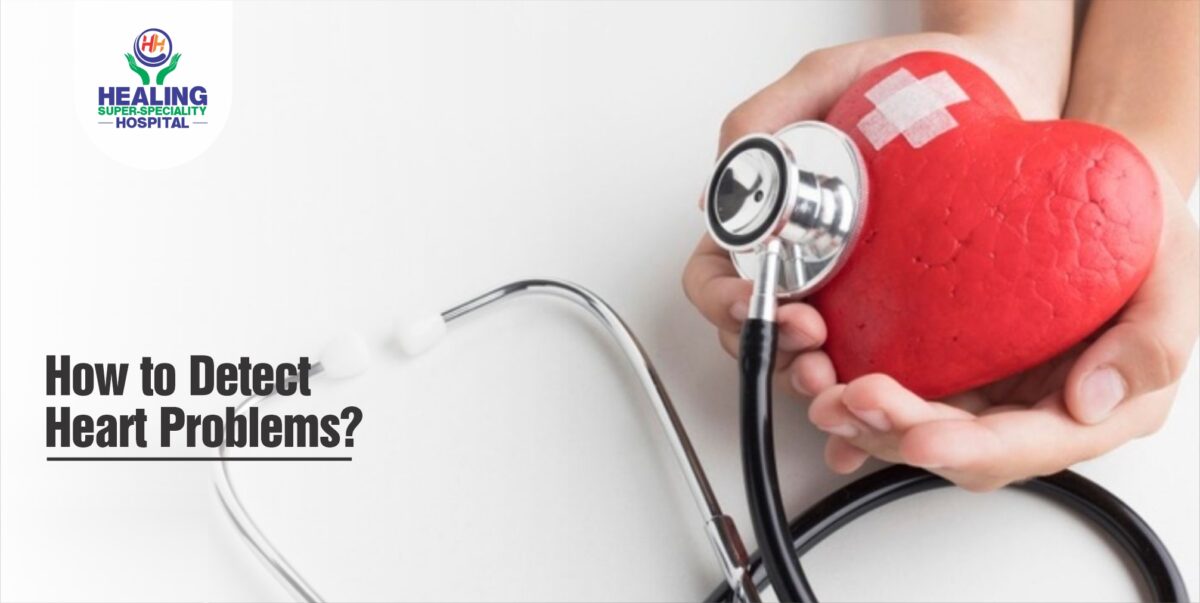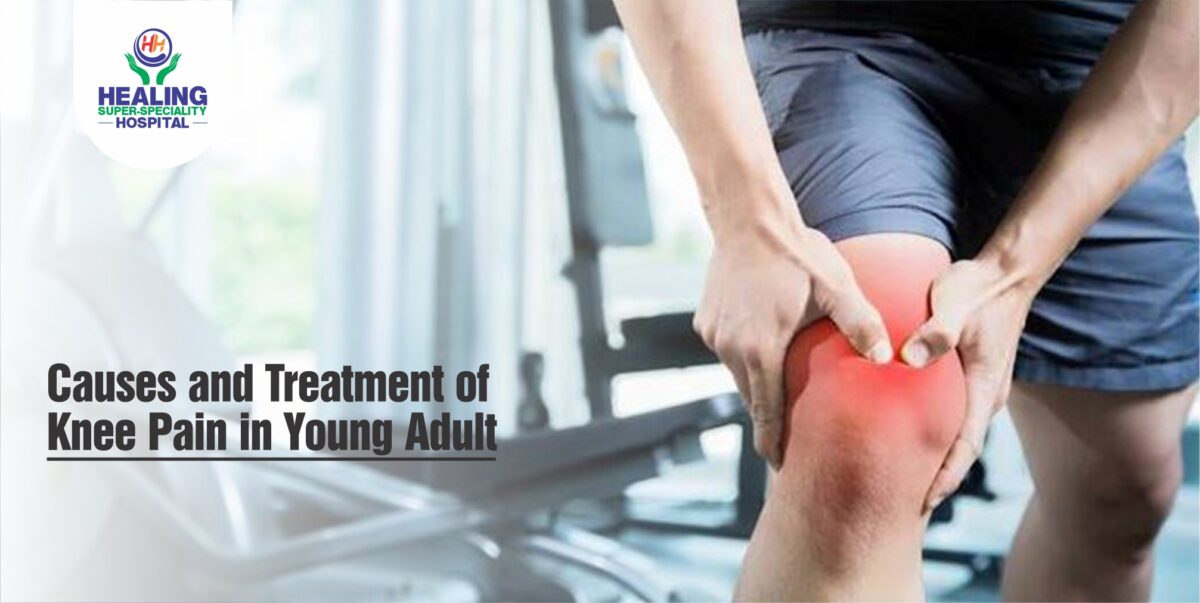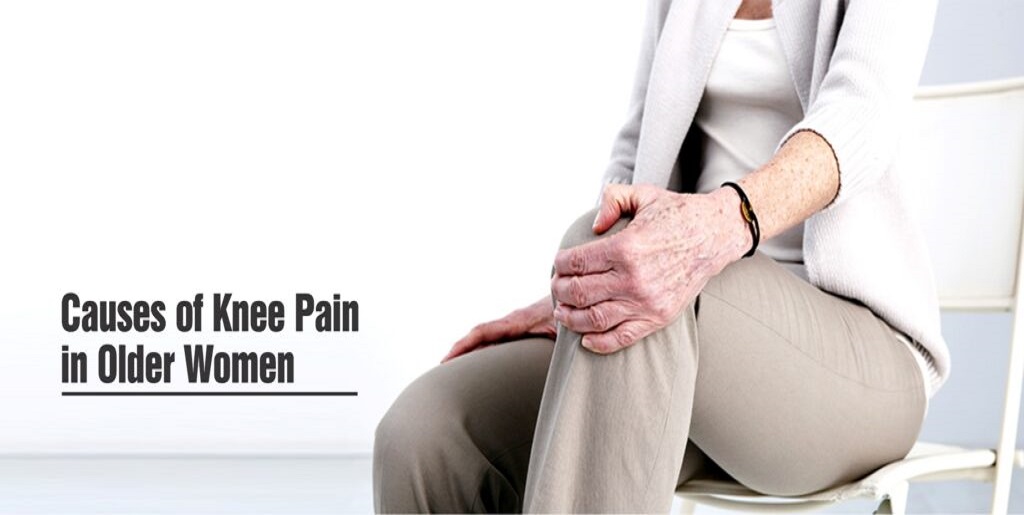Rhinoplasty, commonly known as a nose job, is one of the most transformative cosmetic procedures available today. While the surgery itself is crucial, your recovery period plays an equally important role in achieving optimal results. At Healing Hospital, Dr. Sumit Singh Gautam, one of best Rhinoplasty in Chandigarh most accomplished plastic and cosmetic surgeons, guides patients through every step of the rhinoplasty journey, ensuring a smooth recovery and beautiful, natural-looking outcomes.
Understanding what to expect during recovery and following expert advice can significantly improve your healing process and final results.
Understanding Rhinoplasty Recovery Timeline
Recovery from rhinoplasty is a gradual process that varies from person to person. However, most patients follow a general timeline:
Week 1: Initial recovery with splint removal, maximum swelling and bruising
Weeks 2-3: Return to light activities, reduced visible swelling
Months 2-3: Subtle swelling decreases, shape becomes more defined
6-12 Months: Final results emerge as all residual swelling resolves
Patience during this period is essential, as rushing the process can compromise your results.
Essential Rhinoplasty Recovery Tips
Keep Your Head Elevated
For the first two weeks post-surgery, sleep with your head elevated at a 30-45 degree angle. Use multiple pillows or a wedge pillow to maintain this position. Elevation significantly reduces swelling, minimizes bruising, and prevents accidental trauma to your nose during sleep.
Sleep on your back exclusively for at least four weeks. Side or stomach sleeping can place pressure on your healing nose and alter your results.
Apply Cold Compresses Correctly
During the first 48-72 hours, cold compresses help minimize swelling and bruising. Place ice packs on your cheeks and around the eye area, never directly on your nose. Apply for 15-20 minutes every hour while awake.
Avoid placing anything directly on your nose, as pressure can disrupt the healing process and affect your surgical outcome.
Follow Your Medication Schedule
Take all prescribed medications exactly as directed. This typically includes antibiotics to prevent infection, pain medication for discomfort, and sometimes steroids to reduce swelling.
Never take aspirin, ibuprofen, or other blood-thinning medications unless specifically approved by your surgeon, as these can increase bleeding and bruising.
Maintain Proper Nasal Hygiene
Your surgeon will provide specific instructions for cleaning your nose. Generally, this involves gentle saline rinses to keep nasal passages moist and clear of crusting. Use only products recommended by your surgeon.
Avoid blowing your nose for at least two weeks. If you need to sneeze, do so with your mouth open to minimize pressure on your healing nose.
Stay Hydrated and Eat Well
Proper nutrition accelerates healing. Focus on protein-rich foods, fruits, vegetables, and plenty of water. Protein supports tissue repair, while vitamins C and A promote healing and reduce inflammation.
Avoid sodium-heavy foods that can increase swelling. Stay well-hydrated to help flush toxins and reduce swelling from within.
Avoid Strenuous Activities
Refrain from vigorous exercise, heavy lifting, bending over, or any activity that increases blood pressure for at least three to four weeks. Elevated blood pressure can cause bleeding, increased swelling, and complications.
Light walking is encouraged after the first few days to promote circulation and prevent blood clots, but keep it gentle and avoid overexertion.
Protect Your Nose from Sun Exposure
Sunlight can cause hyperpigmentation and prolonged swelling. Wear broad-spectrum SPF 30 or higher on your face, and consider wearing a wide-brimmed hat when outdoors for at least three months post-surgery.
Sun protection is crucial during the healing phase when skin is particularly vulnerable to damage.
Avoid Eyeglasses and Sunglasses
For at least six weeks, avoid wearing glasses that rest on your nose bridge. The pressure can alter your surgical results and cause indentations. Use contact lenses if possible, or special supports that rest glasses on your forehead and cheeks.
Your surgeon can provide alternative solutions if you must wear corrective eyewear.
Be Patient with Swelling
Swelling is normal and expected after rhinoplasty. Initial swelling peaks around day three, then gradually decreases. However, subtle swelling, especially at the nasal tip, can persist for months.
Morning swelling that improves throughout the day is completely normal during the first several months of recovery.
Attend All Follow-Up Appointments
Regular follow-up visits allow your surgeon to monitor your healing progress, remove sutures if needed, and address any concerns. These appointments are crucial for ensuring optimal results.
Never skip appointments, even if you feel everything is healing well. Your surgeon can identify potential issues before they become problems.
What to Avoid During Recovery
Certain activities and substances can negatively impact your healing:
Smoking and Alcohol: Both impair healing and increase complication risks. Avoid completely for at least four weeks, preferably longer.
Contact Sports: Stay away from any activities where facial trauma is possible for at least six months.
Steam Rooms and Saunas: Excessive heat can increase swelling. Avoid for at least six weeks.
Swimming: Chlorine and bacteria in pools can cause infection. Wait at least four to six weeks before swimming.
Facial Treatments: Massages, facials, and chemical peels should be postponed for at least six weeks or until your surgeon approves.
Managing Discomfort and Expectations
Some discomfort is normal after rhinoplasty. Most patients describe it as pressure rather than severe pain. Congestion and difficulty breathing through your nose in the first week is expected due to internal swelling.
Be realistic about your results timeline. While you will see immediate changes once your splint is removed, your nose will continue refining for months. Trust the process and maintain open communication with your surgeon about any concerns.
Signs to Contact Your Surgeon Immediately
While complications are rare with experienced surgeons, contact your doctor if you experience:
- Severe pain not controlled by prescribed medication
- Excessive bleeding or blood clots
- Fever above 101°F (38.3°C)
- Foul-smelling drainage
- Severe asymmetry or visible deformity
- Difficulty breathing that worsens over time
- Signs of infection such as increased redness, warmth, or pus
Early intervention prevents minor issues from becoming major complications.
Why Choose Dr. Sumit Singh Gautam at Healing Hospital?
Dr. Sumit Singh Gautam is recognized as one of Chandigarh’s leading plastic and cosmetic surgeons, specializing in facial aesthetic procedures including rhinoplasty. With extensive training and years of experience, Dr. Gautam combines artistic vision with surgical precision to deliver natural-looking results that enhance facial harmony.
At Healing Hospital, Dr. Gautam and his dedicated team provide:
- Expert Surgical Technique: Advanced rhinoplasty methods tailored to each patient’s unique facial structure
- Personalized Consultations: Detailed discussions about your aesthetic goals and realistic expectations
- Comprehensive Care: Support from pre-operative planning through complete recovery
- State-of-the-Art Facilities: Modern surgical suites equipped with the latest technology
- Patient-Centered Approach: Compassionate care that prioritizes your comfort and satisfaction
Dr. Gautam’s commitment extends beyond the operating room, ensuring patients receive detailed recovery plans and ongoing support throughout their healing journey.
Your Path to Beautiful, Natural Results
Successful rhinoplasty combines skilled surgery with diligent post-operative care. By following these expert recovery tips from Dr. Sumit Singh Gautam and maintaining close communication with your surgeon, you can achieve the beautiful, natural-looking nose you envision while minimizing complications and downtime.
Remember, every patient heals differently. What matters most is following Dr. Gautam’s specific instructions, being patient with the process, and allowing your body the time it needs to heal properly.
Ready to begin your Rhinoplasty in Chandigarh journey? Schedule a consultation with Dr. Sumit Singh Gautam at Healing Hospital and discover how expert care can help you achieve your aesthetic goals with confidence.
Frequently Asked Questions (FAQs)
Q: How long before I can return to work after rhinoplasty?
A: Most patients return to desk work within 7-10 days, once the splint is removed and visible bruising has faded. Jobs requiring physical labor may require two to three weeks off. Discuss your specific work requirements with your surgeon during consultation.
Q: Will my nose look very bruised and swollen?
A: Bruising typically appears around the eyes and peaks at days 2-3, then fades over 10-14 days. Swelling is most noticeable in the first week. Most social activities can resume by two weeks when bruising has largely resolved, though subtle swelling continues for months.
Q: When will I see my final rhinoplasty results?
A: You will see significant improvement once your splint is removed at one week. However, final results take 12-18 months as subtle swelling completely resolves. The nasal tip is the last area to fully refine, especially in patients with thicker skin.
Q: How painful is rhinoplasty recovery?
A: Most patients report minimal pain, describing it more as pressure, congestion, and discomfort rather than severe pain. Prescribed pain medication effectively manages any discomfort during the first few days. Pain typically diminishes significantly after the first week.
Q: Can I wear makeup after rhinoplasty?
A: You can apply makeup to areas away from your nose immediately after surgery. Once your splint is removed after one week, you can gently apply makeup to your nose using light dabbing motions. Avoid rubbing or applying pressure for at least two weeks.
Q: What if I’m not happy with my results?
A: Most concerns resolve as swelling subsides over the following months. If you have genuine concerns about your outcome, discuss them with your surgeon at follow-up appointments. Minor revision procedures can address specific issues, but waiting 12 months allows complete healing before considering revision.
Q: How do I choose the best rhinoplasty surgeon in Chandigarh?
A: Look for board-certified plastic surgeons with extensive rhinoplasty experience, before-and-after photo galleries, patient testimonials, and transparent communication. Dr. Sumit Singh Gautam at Healing Hospital meets these criteria with years of specialized training in facial plastic surgery, prioritizing natural-looking results tailored to each patient’s unique facial features.
Q: Is rhinoplasty covered by insurance?
A: Cosmetic rhinoplasty is typically not covered by insurance. However, if your procedure includes functional components to correct breathing problems or repair trauma, partial coverage may be possible. Our administrative team can help verify your insurance benefits.
Q: Can rhinoplasty be combined with other procedures?
A: Yes, rhinoplasty is often combined with chin augmentation, eyelid surgery, or other facial procedures for balanced facial harmony. Combining procedures can be cost-effective and reduce overall recovery time. Discuss your goals during consultation to determine the best approach.
Q: What makes Healing Hospital different for rhinoplasty?
A: Healing Hospital offers experienced, board-certified plastic surgeons, state-of-the-art facilities, personalized care plans, comprehensive pre- and post-operative support, and a proven track record of natural-looking results. We prioritize patient safety, comfort, and satisfaction throughout your entire rhinoplasty journey.
FOR MORE INFORMATION AND TO BOOK AN APPOINTMENT :
SCO 18-19, Sector 34-A, Chandigarh
0172-5088883, +91 9464343434
info@healinghospital.co.in




